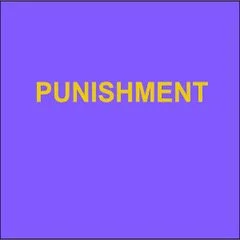By Jazmin E. Palacios
For this thesis paper, the author analyzed cases from the U.S. Circuit Courts of Appeals and the U.S. District Courts in which inmates challenged the constitutionality of their conditions of confinement in extremely hot facilities. The author applies inductive methods and analytic procedures of grounded theory to identify legal doctrines, concepts, representations, and themes of court litigation and case law about excessive heat in correctional facilities. Through a review of constitutional law history and the analysis of federal court decisions, the author examines the constitutionality of incarcerating inmates in extremely hot facilities and offers policy guidance to prison officials on mitigation efforts in heat-related conditions of confinement. The author discusses legal precedents for questions addressing the conditions of confinement, and suggests some policy implications that consider the many prisoners who are on medications that risk severe illness and death when exposed to excessive heat, including that prison medical personnel should keep real-time records of inmates taking their medications, what their work assignments are, where they are housed, and what remedial efforts are being taken to ameliorate heat exposure. The author also suggests that inmates not taking high-risk medications but with a history of heat-related illnesses should be carefully monitored by officials to lessen sickness and reduce deaths, and notes that while things like air conditioning were previously considered a luxury, as global warming intensifies, it has increasingly become a medical necessity to avoid adverse outcomes of heat exposure.
Huntsville, TX: Sam Houston State University, 2021. 135p.





















